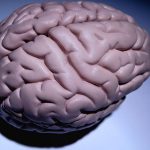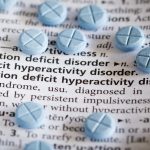
TUESDAY, Oct. 17, 2023 (HealthDay News) – A proposed rule from federal regulators that would ban menthol cigarettes and flavored cigars has been sent to the White House Office of Management and Budget for final review. The U.S. Food and Drug Administration first announced the proposed rule in April. The agency said then that the rule had “the potential to significantly reduce disease and death,” reduce “youth experimentation and addiction” and increase the numbers of smokers who quit. “Once finalized, rules to end the sale of menthol cigarettes and flavored cigars rule will be the most significant actions that the FDA’s Center for Tobacco Products has taken in its 14-year history. The American Lung Association [ALA] is eager for these lifesaving rules to be implemented and urges the White House to finalize these rules before the end of the year,” ALA President and CEO Harold Wimmer said in a statement. “The science and data are clear. Ending the sale of menthol cigarettes and flavored cigars will save lives. It will also help reduce the unjust disparities in tobacco use caused by the tobacco companies targeting certain communities with menthol cigarettes,” Wimmer added. While numbers of smokers have dropped, those who smoke menthols has increased, according to the U.S. Centers for Disease Control and Prevention. The menthol flavor is appealing to new smokers, making cigarettes more… read on > read on >






































